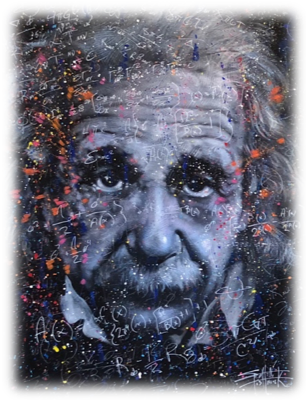
Ok, let’s be honest, how many times have you needed to address someone, but been unsure of their gender? You may have considered saying “Excuse me, Miss” or “Excuse me, sir”, but the lack of easily identifiable gender traits left you bereft of a clear direction for your introduction. In the 1990’s the actress Julia Sweeney played the character of “Pat” in a number of skits on Saturday night live. The skits placed a comedic bend on the discomfort felt by suburbanites who could not determine the gender of their androgynous neighbor and struggled as to how to interact. The issue that Saturday Night Live poked fun at back in the 90’s is however far more complex, and the discomfort felt in such situations is rarely unidirectional.
Gender identity and sexual orientation is one of the most complex subjects since Einstein first wrote E=mc2on a chalk board. The brain straining concept of relativity, though complex, is still easier for most to understand than the shifting world of alternative pronouns and non-conformity of style. Though “E” always equals energy, “m” always equals mass and “c” is always the speed of light, the variables with sexual orientation and gender identity, or SOGI, are much more variable and defy prediction. If you combine the third variable of romantic attraction, the already confusing equation becomes even harder to follow.
In a series of blogs, an attempt will be made to help the reader understand some of the distinctions in these classifications so that unseen pitfalls can be avoided. Having a better understanding of this issue is not only the right thing to strive for but also an ever-increasing necessity for anyone working in business or law. By no means should this blog series be considered as all-encompassing, as the complexity of the issue defies brevity. This blog is intended to be more of a SOGI Basics Primer with selective extrapolations. Gender will be the first element in the series, as gender concepts develop before attraction, sexual or romantic,.
Gender identity and sexual orientation are not the same thing as many believe. Gender assigned at birth, the phenotype of visible sexual organs and the associated male/female gender distinction, do not necessarily correlate with the gender identity felt by an individual. Gender identity is the gender that an individual identifies with regardless of the visible physical attributes. Gender is more complicated than the binary choices of male or female. Binary genders have polar expectations as to the level of masculinity or femininity and gender expression. Non-binary gender, also known as genderqueer, is a category where there is a combination of masculine and feminine qualities and expressions or no distinguishing qualities at all. This non-polar or omni-polar category includes genderfluid, non-gender, bigender, trigender, genderless, gender-free, pangender and other sub-categories. Confused or overwhelmed yet? Don’t panic…this blog series will help clarify these issues. Let’s look at an example from a current popular television program.

Entertainment media, which once used LGBTQ individuals and couples as plot lines at best and punch lines at worst, is now introducing three-dimensional characters representative of the LGBTQ community. The sophistication of programming is spotlighting the more difficult to understand distinctions such as the ones mentioned prior. The character of Taylor in the Showtime original series Billions is a prime example of such a character. Asia Kate Dillon is a non-binary actor playing the first non-binary role in American television history. In the introductory scene, Taylor presents their self, states their name and preferred pronouns to the assembled characters and to the world. Pronouns have become a pivotal issue in gender identity awareness. This is in large part because of the gender specific meanings that have been given to pronouns. He, him, and his have always been reserved for males while she, her, hers have always been reserved for females. Gender identify as a distinction separate from gender determined at birth have rendered many of these old pronouns inaccurate. It is for this reason that Taylor, and Asia Kate Dillon refer to their self as they. Regardless of the efforts of news and entertainment media to broaden the general understanding of these issues, many challenges remain.
Gender Identity and sexual orientation issues are the new frontier for social change. This is not to say that we have gotten beyond the racial issues that plagued our country since its founding or the issues of religious intolerance that have plagued the world for thousands of years. Those issues still exist, but the new frontier, the age that is not defined so much by “Me Too”, but rather simply by “Me”, challenges us to think beyond the old paradigms that were once as simple as night and day, black and white, or of course male or female.
Forward-thinking law firms are now considering the implications of gender diversity in their practice. ADROIT® is an experienced resource to aid legal teams in the pursuit of justice. Our team offers myriad resources to legal teams that are adapting to a changing practice environment. This blog series will explore these issues in greater detail and provide a roadmap to navigate this new frontier. Future articles will explore the subjects of gender identity vs sex assigned at birth, sexual preference, romantic attraction, the response of healthcare systems to this subject, and the psychological implications for case management. I invite you to discover more of what we have to offer. Your invitation is here.

Hi Chris!
Enjoyed this post and its topic. Hope you are well!